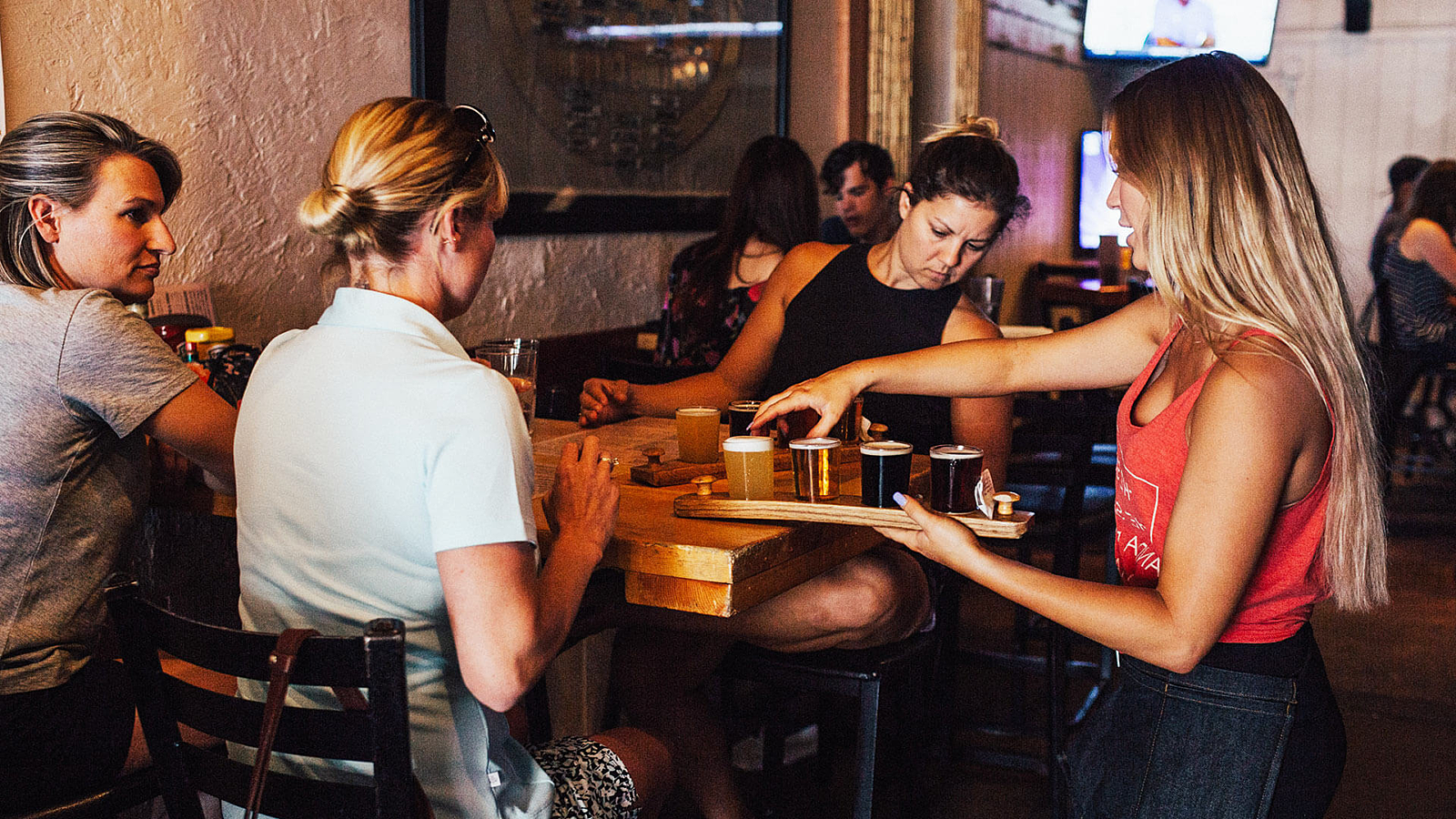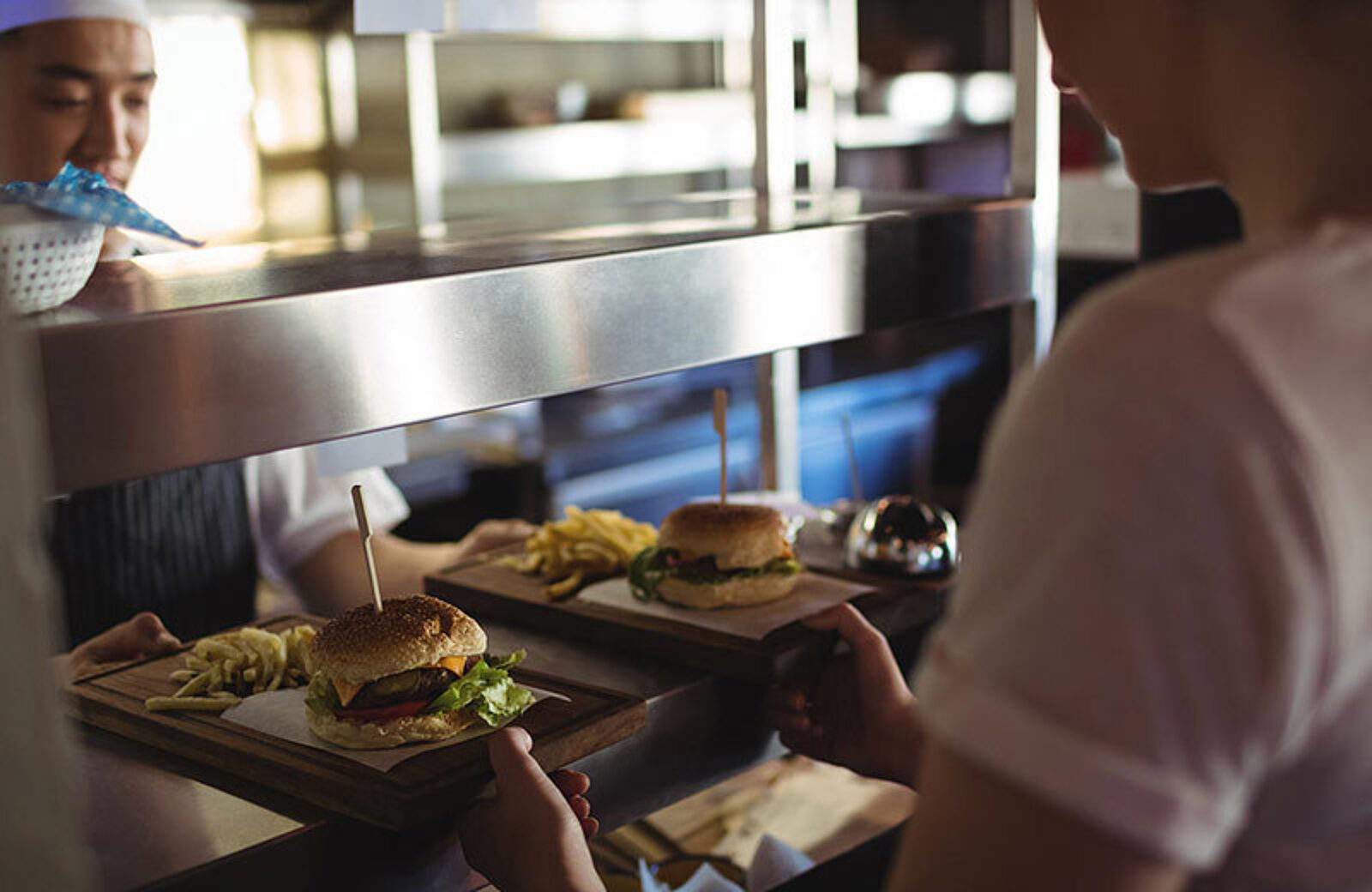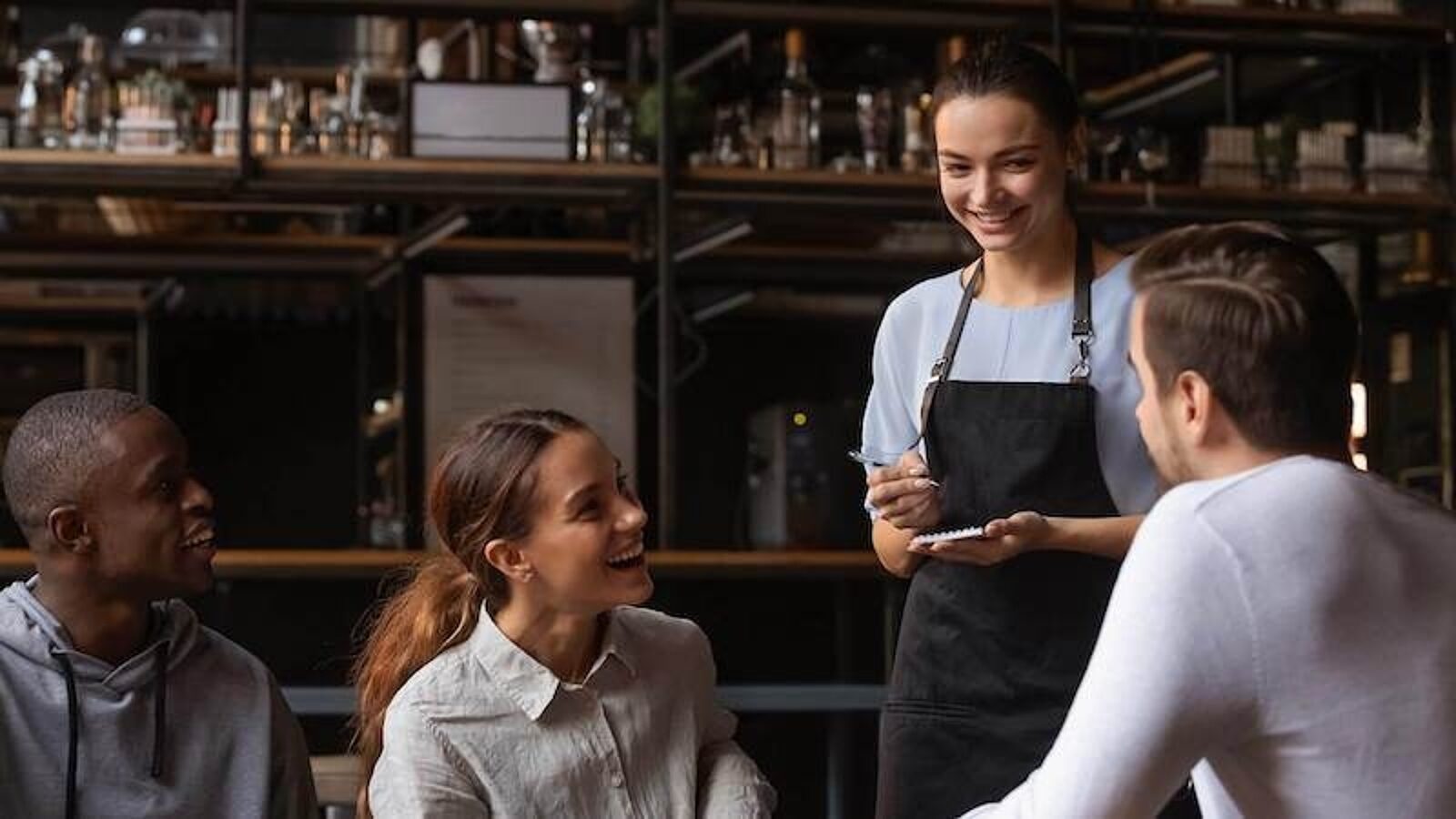
How to Make Paying a Restaurant Bill Quick and Easy
Taking too long to drop the check can leave a really bad taste in your guest's mouth.

Rochel MadayAuthor
Great guest experiences build customer loyalty and drive repeat visits.
An essential part of these great experiences is creating a seamless transition between the many touchpoints of the meal with friendly service, hospitality, and great food. However, an otherwise fabulous dining experience can be tarnished if your checkout process isn’t just as flawless.
It’s a shame to see the efforts of your front- and back-of-house team undone by a lengthy guest checkout experience. When guests are full of great food and drinks, and they’re ready to go home, having to wait 10, 20, or 30 minutes just to complete the payment process can be frustrating.
We’ll cover the basics of creating a painless checkout process, specific ways you can speed up the payments in your restaurant, and training tips and technology that help guests pay their tab quickly and easily.
The Importance of a Seamless Checkout
According to Toast data, the average order value at restaurants across the country is $34. If an unsatisfactory checkout process is scaring away just 10 customers a week (and with more than half of consumers skipping a return visit due to unsatisfactory service, it may be more), you could be leaving over $18,000 of potential revenue on the table.
10 Guests a Week X 52 Weeks a Year = 520 guests
520 Guests a Year X $35 Average per Visit = $18,200
These same guests may also choose to detail their experience on one or more restaurant review sites, like Yelp or TripAdvisor. When it comes to choosing where to dine, 35% of diners say online reviews play an important role in their decision-making, and a one-star bump on your Yelp review page can boost profits 5 to 9 percent. As a result, your poor guest checkout process could not just be costing you money, but hurting your reputation.
Devoting time and energy toward improving the process for guests to pay their bill in your restaurant is more than worth it when you consider the potential for financial gain.
Restaurant Checkout Methods
Here are the most common restaurant checkout methods.
Standard Credit Card Process
Depending on your concept, standard credit card processing will be done in one of two ways:
Via a server or bartender
Via a cashier at a counter
This is the standard credit card processing that guests are used to: 267,000+ full-service restaurants in the U.S. have guests place orders and extend payment through a server or bartender.
The guest flags down a server, the server or bartender delivers a check, the guest leaves their card, the server picks up the check and credit card, runs it through the POS system, and then delivers it back to the table to be signed by the guest.
There are benefits to this system: it’s commonplace, easily understandable, and generally what guests are comfortable with. But there is a lot of room for improvement.
While this is also what staff is generally used to, this process is lengthy and inefficient. Running back and forth between tables and POS systems takes up a lot of servers’ time and can be extremely stressful on a busy night.
Handheld POS
Handhelds have been consistently increasing in popularity over recent years. Handhelds vastly increase table turn efficiency and eliminate common miscommunications that happen in restaurants. And for check-out specifically, the benefits are immense.
For guests, handhelds provide faster table service, fewer order errors, and quick and efficient check-out processes.
For a server, the time saved is equally as valuable. On average, a server walks back and forth to the POS 4-5 times for each table. With handheld restaurant POS systems servers will have the terminal with them wherever they go, reducing the time spent running around.
This increases efficiency while also allowing your servers to focus on building deeper relationships with each table and improving the guest experience.
Order and Pay from the Customer’s Phone
More establishments are embracing pay-at-the-table technology, like kiosks, mobile order and pay apps, and scan-to-pay options.
In light of COVID-19, restaurants have been forced to adapt and provide guests with a socially-distant, touch-free, yet enjoyable way to order and pay for their meal.
Order and pay at the table is an easy, reliable example of contactless restaurant order and payment technology that relies on QR codes.
Guests scan a table-specific QR code to access either the restaurant's food menu, drink menu or both and then can order and pay right from their phone. Guests are in total control of their ordering process and can order on their timeline.
Another option is scan to pay, which Toast and other technology providers offer, where the server or bartender drops off a bill that has a QR code at the bottom; guests then can scan and pay their tab directly from their phone.
Order and Pay allows servers to focus on the true hospitality tasks of their job. Servers are free to connect with guests, upsell items, and check in on their meals without worrying about taking payment and running back and forth with receipts.
Guide to the Restaurant Guest
Learn how to navigate changing guest expectations during and after the COVID-19 health crisis.

Ask for Guest Feedback on the Checkout Process
Feedback – from your guests and your staff – is an invaluable tool that has the power to revolutionize your guest experience.
If you’ve noticed that one or more online reviews about your restaurant mention a sub-par payment process, it’s time to dig into the issue. Respond directly to the reviews asking for more detailed feedback about their experience paying the bill at your restaurant.
Ask questions like:
Were the issues with getting your restaurant bill related to speed, error, or difficulty?
Was a server slow in dropping off a check or coming back to process it?
Did you feel as though you were overcharged, or a menu item’s price was misrepresented?
Were you unable to split the check, as needed?
Were we able to accommodate your preferred payment type? (Apple pay, Samsung Pay, Google Pay)
Stress that their thoughts are valuable to you and that you aim to grow and improve as a restaurant. Having genuine conversations like these with your guests helps to build strong, lasting relationships and remedy unsavory experiences; it also shows your guests that they matter to your restaurant and that you want to make sure they have a great dining experience every time. Always invite them back in for a do-over!
While your guests are a great place to start when trying to get at the root cause of operational hiccups in your restaurant, don’t overlook input from your front-of-house staff. They’re probably very much aware of areas of weakness in your dining experience, including a slow guest checkout process. Ask questions like:
Are you slow to bring a check because there aren’t enough terminals?
Are customers wary of point-of-sale table kiosks?
Have you been asked about contactless or mobile payment options, like ApplePay, SamsungPay, etc.?
Understanding the kinks in your restaurant’s guest checkout process is the first step to improving it.
Train Your Staff on New Tech and Processes
Here are a few ways to train your staff to help guests pay their restaurant bill using guest-facing technology and contactless payment solutions.
Train servers to encourage and educate customers who are wary of pay-at-the-table technology. Have servers ask every party whether they’ve used this kind of technology before and offer to walk them through the process if they’re unsure. Make sure servers are positioning it as the primary way to pay in order, to drive adoption and thus see the greatest gains in efficiency, but be flexible with accepting other options for guests who aren't comfortable with it yet. If a customer insists on using a different method to pay, train servers to be accommodating. Forcing a customer to pay with a method they’re uncomfortable with almost guarantees a negative experience.
If your restaurant has adopted contactless order and pay technology, train staff to walk parties through scanning QR codes using the camera on their phone. If guests insist on using a traditional menu or paying with cash or a card, make those options available to them.
If a table uses Order & Pay to pay on their own without the assistance of a server, train servers to stop by the table before they leave to thank the guest and welcome them to visit again. It’s important to remind your staff that the dining experience isn’t over until the guest has left your restaurant.
If implemented effectively, these technologies will free up your staff to focus less on the transactional steps of service, and more on the steps of service that provide real hospitality. So be sure to train your staff on what to do with all this free time! Make sure that they are aware that they should be using this newly found time to make recommendations, check in on tables, or simply make sure water glasses are full.
Make the Checkout Process Easier than Ever
All customers walking out of your restaurant should be satisfied with the time and money spent in your establishment. The only way to ensure this happens with every customer, every time, is to make sure that you start and end on a high note.
The change starts with training staff to respect every restaurant bill transaction. Whether your servers have processed 10 or 10,000 checks, take time to examine their process, look for ways to improve, and develop a new process to delight your customers.
Is this article helpful?
DISCLAIMER: This information is provided for general informational purposes only, and publication does not constitute an endorsement. Toast does not warrant the accuracy or completeness of any information, text, graphics, links, or other items contained within this content. Toast does not guarantee you will achieve any specific results if you follow any advice herein. It may be advisable for you to consult with a professional such as a lawyer, accountant, or business advisor for advice specific to your situation.
Read More
Subscribe to On the Line
Sign up to get industry intel, advice, tools, and honest takes from real people tackling their restaurants’ greatest challenges.


